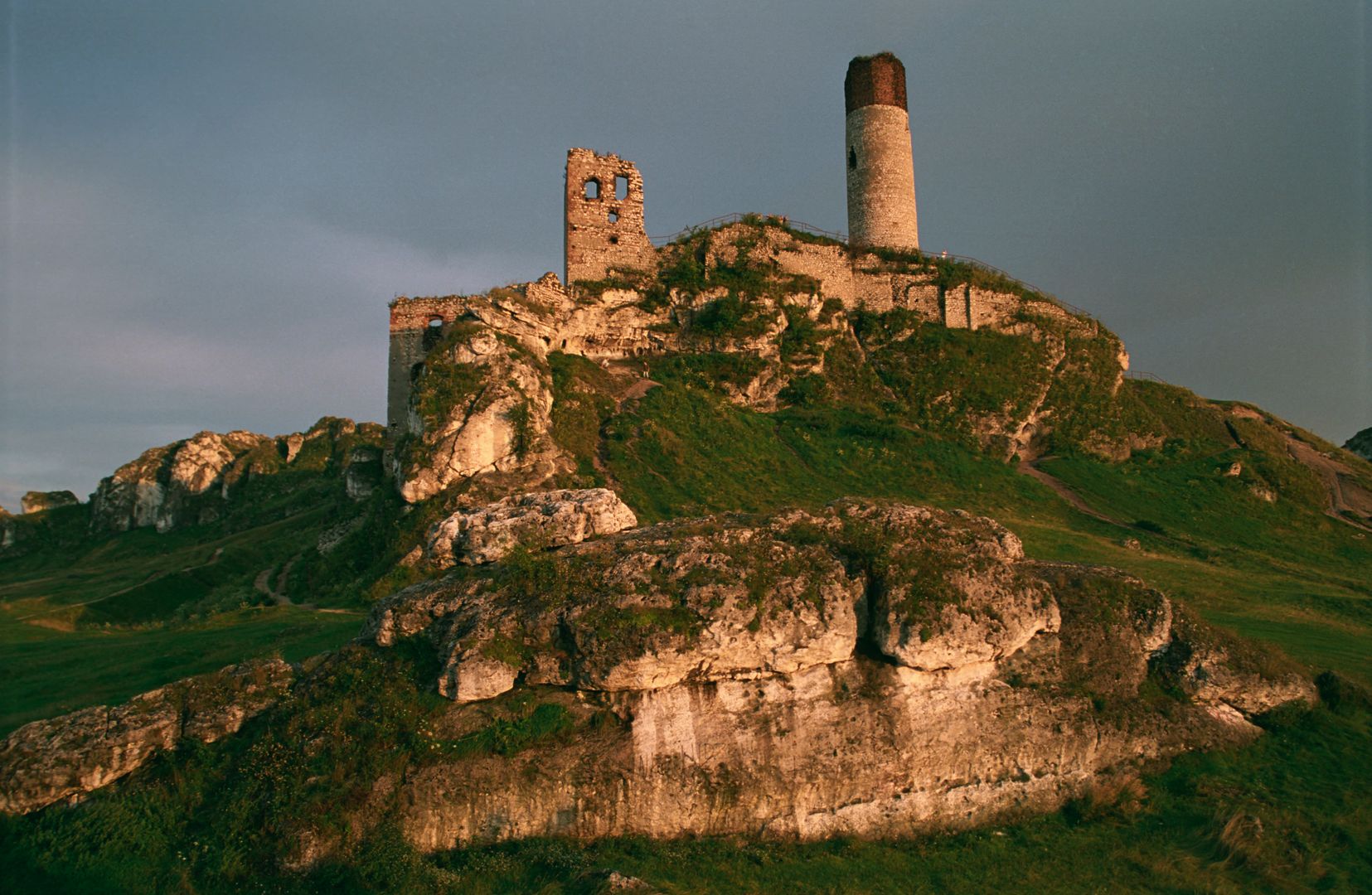Olsztyn Castle
7.32

Overview
Olsztyn Castle, located in the Kraków-Częstochowa Upland, is one of the key structures within the so-called Trail of the Eagles' Nests. The preserved ruins mainly originate from the residential section, two towers—cylindrical and square—as well as fragments of farm buildings. The castle, dated to the 13th century, was first mentioned in 1306, though its existence can be traced back to at least 1294. Over the centuries, it was rebuilt and expanded, particularly in the 14th century when Casimir the Great transformed the outpost into a mighty fortress. The castle played a significant defensive role, especially in the 15th century, repelling attacks from Silesian dukes. In 1587, it was stormed by the Austrian army, resulting in its destruction and tragic events, including the death of the starost’s son. The castle fell into ruin after the Swedish Deluge, and further damage was caused by neglect from starosts who administered from other locations. An interesting discovery in 2015 included the foundations of a bridge and a gate tower, as well as Neanderthal flint tools in a cave located within the castle grounds, highlighting the site’s rich history. Today, the ruins are open to visitors, though in the past they hosted various events, including international pyrotechnic displays, which had to be discontinued after part of the walls collapsed. In the 19th century, the ruins were systematically dismantled by local peasants for building materials, accelerating their degradation. Olsztyn Castle thus stands as a witness to centuries of history, blending architectural, historical, and cultural elements into a single narrative of Poland’s past.
Location
City
Olsztyn
Tertiary Administrative Division
Olsztyn
County
Częstochowa County
State
Silesian Voivodeship
Country
Tickets
Powered by GetYourGuide
2025 Wizytor | All Rights Reserved